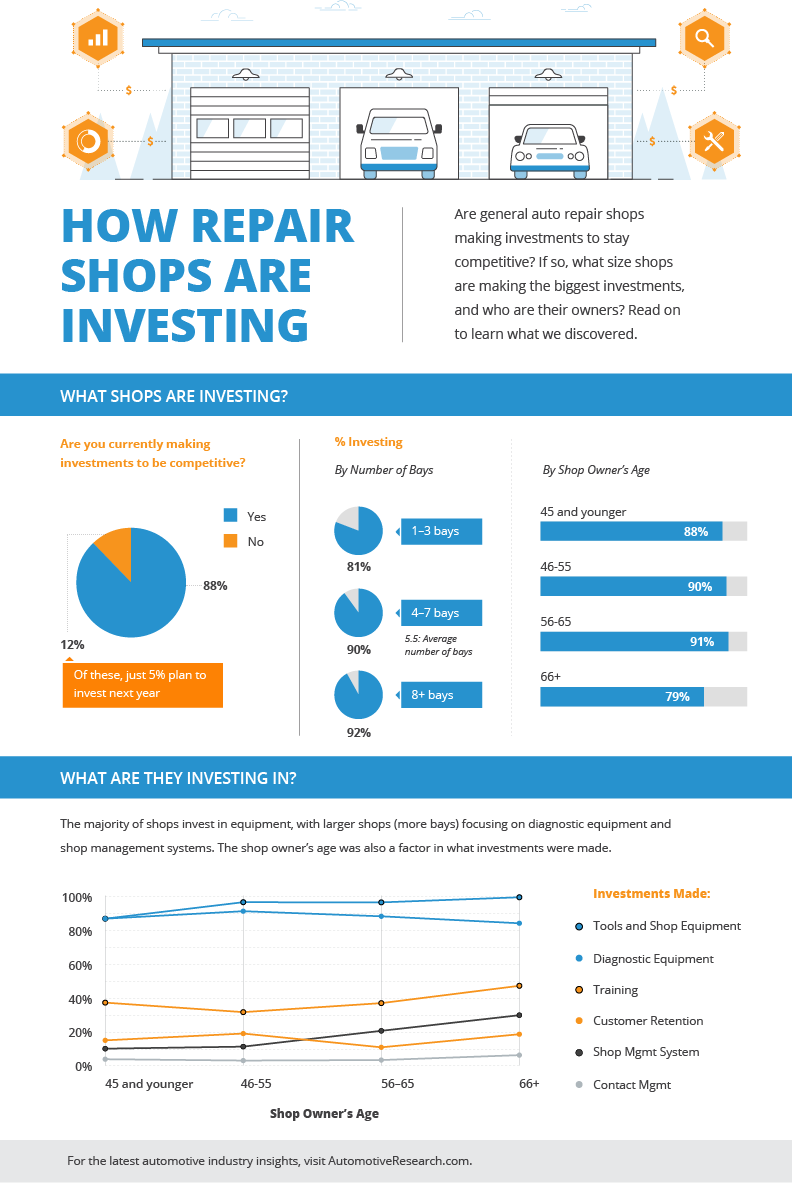Deciphering One Of The Most Common Warning Lights On Your Control Panel And Their Analyses
Deciphering One Of The Most Common Warning Lights On Your Control Panel And Their Analyses
Blog Article
Short Article Created By-Pappas Hurst
When you're behind the wheel, those dashboard warning lights can be a genuine secret. But did you know that analyzing them can conserve you from possible vehicle troubles later on? From the threatening check engine light to the subtle oil stress warning and the ever-important battery light, each one serves as a crucial signal from your vehicle. It's time to shed light on these usual dashboard warnings and furnish yourself with the expertise to navigate the road ahead.
Understanding the Examine Engine Light
When your control panel illuminates with the check engine light, it's important not to panic yet to take prompt action. The check engine light serves as a warning that your car's onboard analysis system has detected a prospective issue with the engine, emissions, or various other essential elements. Overlooking this light can result in much more extreme problems in the future, so it's essential to address it immediately.
To comprehend the source of the concern causing the check engine light, you can utilize an OBD-II scanner to fetch the certain trouble codes kept in your car's computer system. These codes give valuable details that can help identify the underlying problem.
While some problems creating the check engine light might be small, such as a loosened gas cap, others could suggest much more substantial concerns that need specialist attention.
Translating the Oil Pressure Caution
Upon witnessing the oil stress alerting light on your dashboard, instant interest is crucial. This caution shows that the oil pressure in your engine may be too low, which can bring about serious engine damage if not dealt with immediately. Reduced oil pressure can be brought on by a variety of concerns such as a leakage, a faulty oil pump, or reduced oil degrees. Disregarding this advising light can lead to pricey repair services or perhaps engine failing.
If you see the oil pressure advising light come on, the initial step is to safely pull over sideways of the roadway and switch off your engine. Check the oil degree making use of the dipstick and ensure it goes to the recommended level.
If navigate to this website is low, leading it up with the appropriate oil for your lorry. If https://hudsonvalleyone.com/2022/05/24/saugerties-neighbors-fear-impacts-of-auto-repair-shop/ is sufficient, do not continue driving and seek help from an auto mechanic to identify and fix the problem immediately. Keep in mind, maintaining appropriate oil stress is important for the wellness and long life of your engine.
Translating the Battery Light
To analyze the value of the battery light on your control panel, you should comprehend its vital role in your automobile's electrical system. When the battery light brightens while you're driving, it shows that the electrical system isn't obtaining adequate power from the battery.
This could be because of a falling short battery, a malfunctioning alternator, or issues with the charging system. Overlooking this cautioning light might lead to your car delaying or being unable to start.
If the battery light begins, it's recommended to safely pull over and have your car checked by a mechanic immediately. They can do diagnostics to pinpoint the underlying problem and protect against a possible failure.
Final thought
Since you know just how to identify the most common warning lights on your control panel and what they indicate, you can deal with any type of potential issues quickly. Keep in mind, the check engine light, oil pressure caution, and battery light are all important indicators of your car's health and wellness. Remain educated, remain safe, and maintain your cars and truck running smoothly by taking notice of these warning signs.
